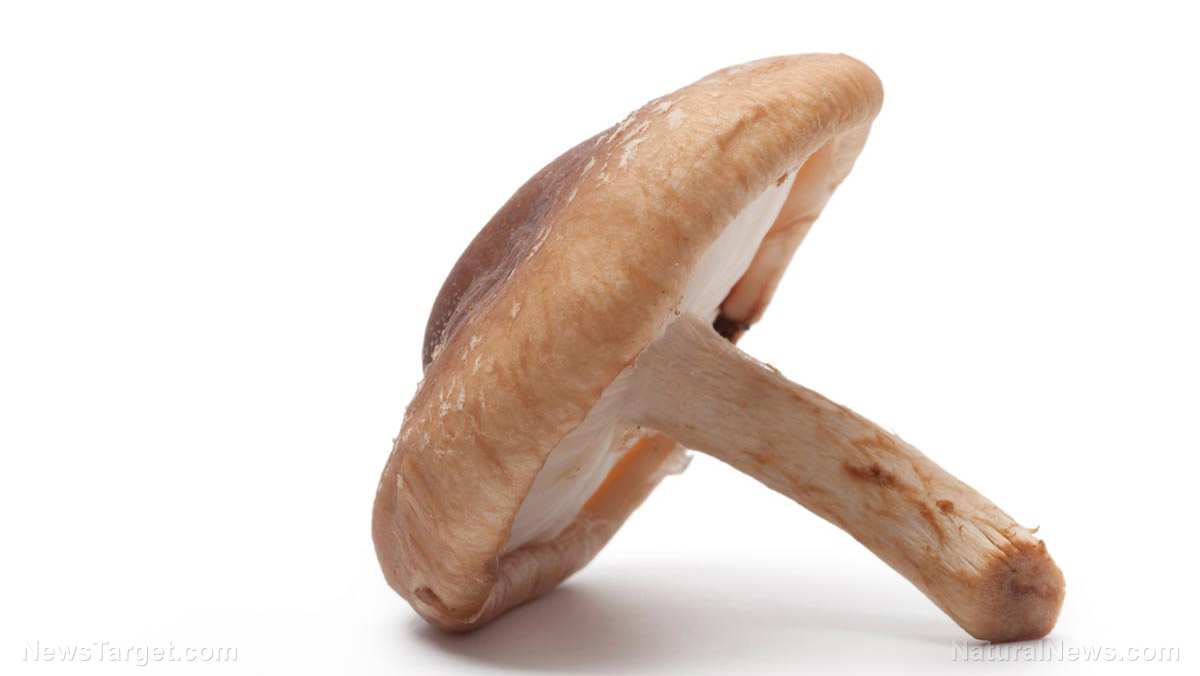Research identifies the culprit that makes women more susceptible to migraines
08/31/2019 / By Edsel Cook

When it comes to migraine, women are much more vulnerable than men. A new study tracked the source of these headaches to the meninges, where calcitonin gene-related peptide (CGRP) triggered pain-related activity in female rats but not in male rats.
CGRP contributes to the onset of migraines. Until recently, no one knew exactly where inside the body the activity of this migraine-causing protein takes place.
A research team from the University of Texas (UT) at Dallas reported that they found several locations for CGRP activity linked with pain. Furthermore, pain-related CGRP activity in these regions only take place in females.
The researchers experimented on the meninges of mice and rats. The meninges are a multi-layered tissue that protects the brain and spinal cord from harm.
When they introduced CGRP into the meninges of female rodents, the animals experienced pain. However, male rodents did not react the same way.
“This is just the beginning of demonstrations showing that CGRP might act differently in women,” explained UT Dallas researcher Dr. Gregory Dussor.
Earlier animal studies did not report any sex-based differences in migraine-related CGRP activity. Dussor noted that this might stem from the tendency to use only male rodents. (Related: Migraine, again? Alcohol may be the reason why your head hurts.)
Women are three times more likely to get migraines
Migraine is a painful type of headache that occurs periodically. People who have migraines experience disturbed vision, nausea, vomiting, and hypersensitivity to light and sound.

|
Discover how to prevent and reverse heart disease (and other cardio related events) with this free ebook: Written by popular Natural News writer Vicki Batt, this book includes everything you need to know about preventing heart disease, reversing hypertension, and nurturing your cardiac health without medication. Learn More. |
One of the most prevalent types of headache around the world, migraine was also reported as the second most common cause of disabilities back in 2016.
According to the Migraine Research Foundation, 39 million Americans suffer from migraine. Of that number, 28 million are women.
During the pre-puberty years, boys tend to experience severe headaches more often than girls. After the onset of pubescence, however, girls become far more vulnerable to migraines.
Many experts initially believed that the female sex hormone estrogen contributes to the increased frequency of migraines in women. However, hormones failed to account for all cases of migraines.
Eventually, studies found a link between calcitonin gene-related peptide activity and migraines.
CGRP activity in the meninges may contribute to severe headaches in females
CGRP is synthesized in both the central and peripheral nervous system. The latter extends everywhere and includes the meninges, which shield the brain and the spinal cord.
The nerve cells in the meninges can transmit signals for head pain. However, other symptoms of migraine caused researchers to theorize that severe headaches originate in the brain and not the meninges.
Interestingly, CGRP in the central nervous system cannot cross to the peripheral system and vice versa. The large molecule cannot penetrate the blood-brain barrier.
When the UT Dallas researchers introduced CGRP into the meninges of male and female rats, specifically in the outermost layer of the protective tissue, they found that male rats did not react to the treatment. However, female rats showed symptoms of severe headache.
The same thing happened when the researchers injected CGRP into the animals’ paws. Only the female rats responded to CGRP injection.
Dussor noted that female rats experienced high sensitivity to CGRP in different parts of the body. Female mice also exhibited the same sensitivity.
Cautioning against jumping to conclusions, Dussor recommended further investigation on the connection between CGRP activity and pain-signal responses in females.
“CGRP plays a clear role in migraine,” Dussor remarked. “This does not imply that migraine is exclusively a CGRP-based disorder.”
Sources include:
Tagged Under: brain function, brain health, breakthrough, calcitonin gene-related peptide, CGRP, discovery, headache, headaches, meninges, migraine, migraines, migraines in women, nervous system, pain, pain relief, pain sensitivity, pain signals, research, science, women's health



















